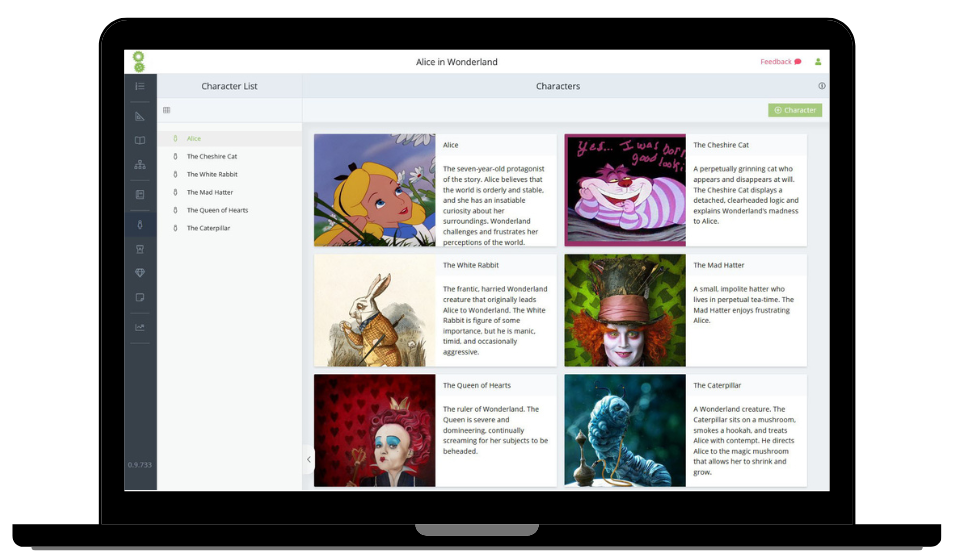
How to Write a Main Character Your Readers Will Love
People may be drawn to your novel for the idea, or the plot, but the characters are what keeps them reading.
If the reader likes your main character, roots for them, rejoices in their successes and feels the pain of their defeats, they will be immersed in your story.
But if your main characters are flat or unlikeable, readers will struggle to push through hundreds of pages, no matter how exciting the ideas or plot.
In this article we’ll:
- Define what we mean by main character
- See what we can learn by contrasting this with protagonist or hero
- Look at the four main types of main character: Hero, Nemesis, Reflection and Romance
- Explore a technique for building a complex main charactersfrom the inside out
- And finally examine four ways to ensure readers love your main character
Let’s get started!
Who is the Main Character in a Story?
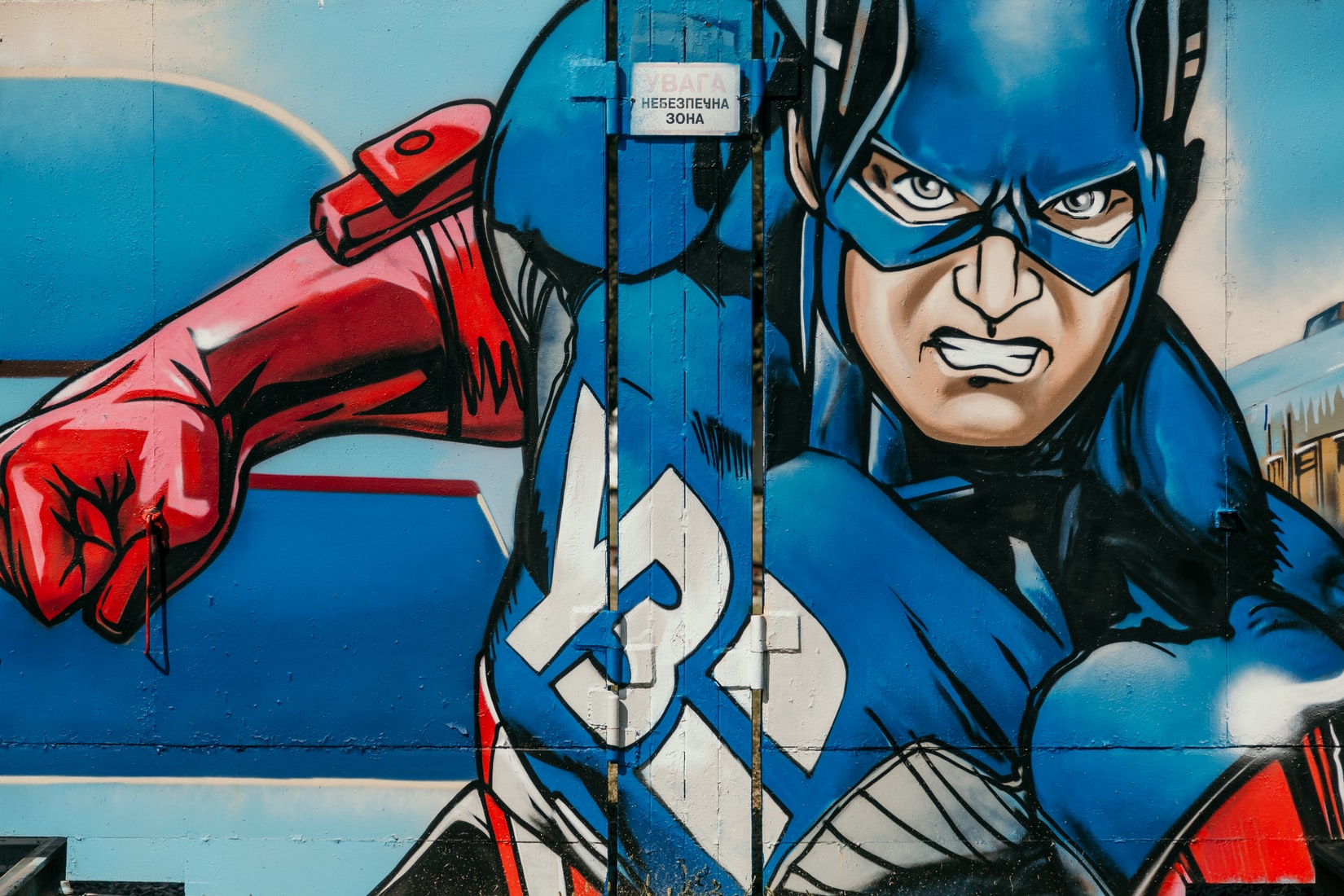
The ‘main character’ is the central character of the story.
The terms protagonist and hero are often used interchangeably with main characters, however, some people argue there are subtle but important distinctions.
Below we’ll explore what those differences might be, but first let’s consider some of the features that usually apply to a main character:
The story is told from their point of view.
If the story is told from the point of view of one character, then it is extremely likely that it will be of the main character.
They take the most action and face the biggest threats.
Main characters are usually the most active, pursuing goals and facing challenges.
They have the most ‘screen time.’
This goes hand in hand with taking the most action. The main character is featured most prominently on the pages. They probably have the most dialogue and the highest number of words written about what they’re up to.
They go through the biggest transformation.
Most stories are about change and growth, and the main character is most often the vessel of demonstrating this evolution. This change is more powerful if it is related to an internal conflict, rather than something external.
For example, going from poverty to riches is a change, but it’s external. The character could be just as selfish or humble in either case. But a character who goes from being selfish to being compassionate has undergone an emotional evolution.
You want to see them win.

Skilled authors know how to ensure readers empathise with the main character and are on the edge of our seat hoping they win.
Not all of these aspects will apply to every main character, but the more of them that apply, the more likely it is you’re looking at a main character.
So what are the exceptions?
Main Character vs Protagonist vs Hero: What’s the Difference?
The reason the terms main character, protagonist and hero are usually used interchangeably, is because it is extremely common for one character to fulfil all of these roles.
Harry Potter, Katniss, Bridget Jones, Winston Smith — all of these characters are the main character, the protagonist, and the hero. If you analyse your favourite books, you’ll probably find the same is true.
However, there are cases where making a distinction between these roles can help us understand and implement our stories with even more power.
There are various takes on what differentiates these three terms, but we believe the framework from John August provides the most consistency and clarity.
Using August’s analysis, we can differentiate the terms this way:
Hero
This is the person you hope to see win. You’re rooting for them to get what they want and need. They usually have a noble goal that we respect and admire.
Protagonist
The person who changes the most over the course of the story. At the beginning there is something important missing from their life — this could be compassion, courage, or a sense of belonging or authenticity. By the end of the story they become whole by having their needs fulfilled.
Note – The term protagonist comes from the ancient Greek ‘one who plays the first part, chief actor’, so actually applies better to what we would call the ‘main character’ today, just to confuse matters further…
Main Character
This is the most prominent character, with more words written about them and more dialogue than anyone else.
As mentioned above, in most cases we don’t have to separate these concepts, because the same character carries out all three roles. However, knowing the different nuances can lead to interesting variants.
Here are some examples:
*spoiler alert!*
The Shawshank Redemption
The Shawshank Redemption contains two main characters: Red and Andy Dufraine.
The hero in the traditional sense is Andy, as he is the one with a clear goal, and we are rooting for him to succeed. He’s the one who faces the most ‘baddies’ and comes out on top.
However, he’s not the protagonist, because he doesn’t evolve as an emotional being through the story — all of his conflicts are external. He knows from the beginning that he’s innocent and he doesn’t lack confidence, courage or compassion.
He knows who he is and he’s comfortable in his own skin.
The protagonist is Red. He’s the narrator, which gives us an insight into how he thinks and feels about the situation. In the beginning he tries to play the usual game with his parole hearings and say what he thinks they want to hear, even if it’s not genuine.
By the end he has come to terms with who he is and his situation and he is utterly authentic and genuine in his final hearing.
Coco
In Coco, Miguel is clearly the main character and the hero.
As the main character he is on screen the most, the story is told from his point of view (although there are flashbacks from Hector’s point of view, we only see them because Miguel sees them), and he is the only character present from beginning to end.
Miguel is also the hero, as he’s the one in the most peril, with a clear goal that we are rooting for him to achieve.
However, Miguel is already whole as a person. His problem is that his family won’t accept his love of music, but that’s an external conflict, because his passion for music is authentic and healthy.
The protagonist in Coco is Mama Imelda (and by extension Abuelita and the rest of the family).
Mama Imelda has never healed from the trauma of her husband abandoning her and has focussed her grief on hating music. But this misplaced hatred of music is actually harming the family, as it is driving Miguel away.
Once she learns the truth of what really happened to him, her evolution is to dissolve her hatred of music and forgive her husband.
Game of Thrones
And then there’s Game of Thrones. Even if we only take the first book, there are multiple heroes, main characters and protagonists. This is clear evidence that a story doesn’t have to have only one character fulfilling each of these leading roles.
Four Types of Main Characters
We’ve been talking about the primary main character so far, but generally there will be several major or main characters in a story.
Again, there are several ways to categorise main characters and their roles.
The Hero’s Journey identifies eight character archetypes, and the Jungian theory distills all characters (fictional and real!) down to twelve personality archetypes.
However, the one we’ve found most compelling and useful when it comes to crafting your main characters is Micheal Hauge’s four character types:
- Hero
- Nemesis
- Reflection
- Romance
Hero
(aka protagonist)
In the interests of moving forward, we will assume the hero and protagonist are the same character for now. This is the primary main character as well.
As we’ve explored above, this is the most prominent character, who faces challenges, takes action, has a goal, and who evolves as a person. We often see the story from their POV and we want them to succeed.
Nemesis
(aka antagonist, shadow)

This character is the one who most stands in the way of the hero achieving their goals. They are often actively working against the hero, but they don’t have to be evil. They may be a rival, or have understandable goals that just happen to conflict with what the hero wants.
Reflection
(aka ally, sidekick, foil)
This character is often an ally or sidekick, but Hauge’s choice to name this type of main character a Reflection, reflects (ahem) his belief that this character is also a foil.
In other words, in addition to being someone to help the hero on their way and someone for the hero to share their plans, thoughts and feelings with, the Reflection also emphasises what the hero is missing by demonstrating the opposite.
Romance
(aka idol, mentor)
Okay, by saying the Romance is also known as the idol or mentor we’re pushing the definition a bit, and to be clear, that is not what Hauge says.
Hauge’s definition is much simpler: The Romance is ‘the sexual or romantic object of at least part of the hero’s outer motivation.’ He further explains that a character doesn’t automatically fulfil the role of Romance just because there is romantic attraction.
For a main character to fulfil the role of Romance, part of the hero’s outer motivation must be to win that character’s love. This last part is what motivates our expansion of the definition to include idols and mentors.
For example, in Coco, Ernesto very neatly fulfils the role of ‘Romance,’ even though there is nothing romantic about the attraction. This is because Miguel idolises Ernesto and is desperate for his love.
By using this perspective, the role of Romance makes sense even in stories with no romance.
Try This:
It’s a good exercise to analyse your favourite stories and try to identify these four main character types. Do the characters fit neatly into them, or not? How does it affect how compelling and emotionally engaging the story is?
Now look at some stories you don’t find compelling – do they lack these roles? Or are the roles followed, but too slavishly?
Build a Main Character From the Inside Out
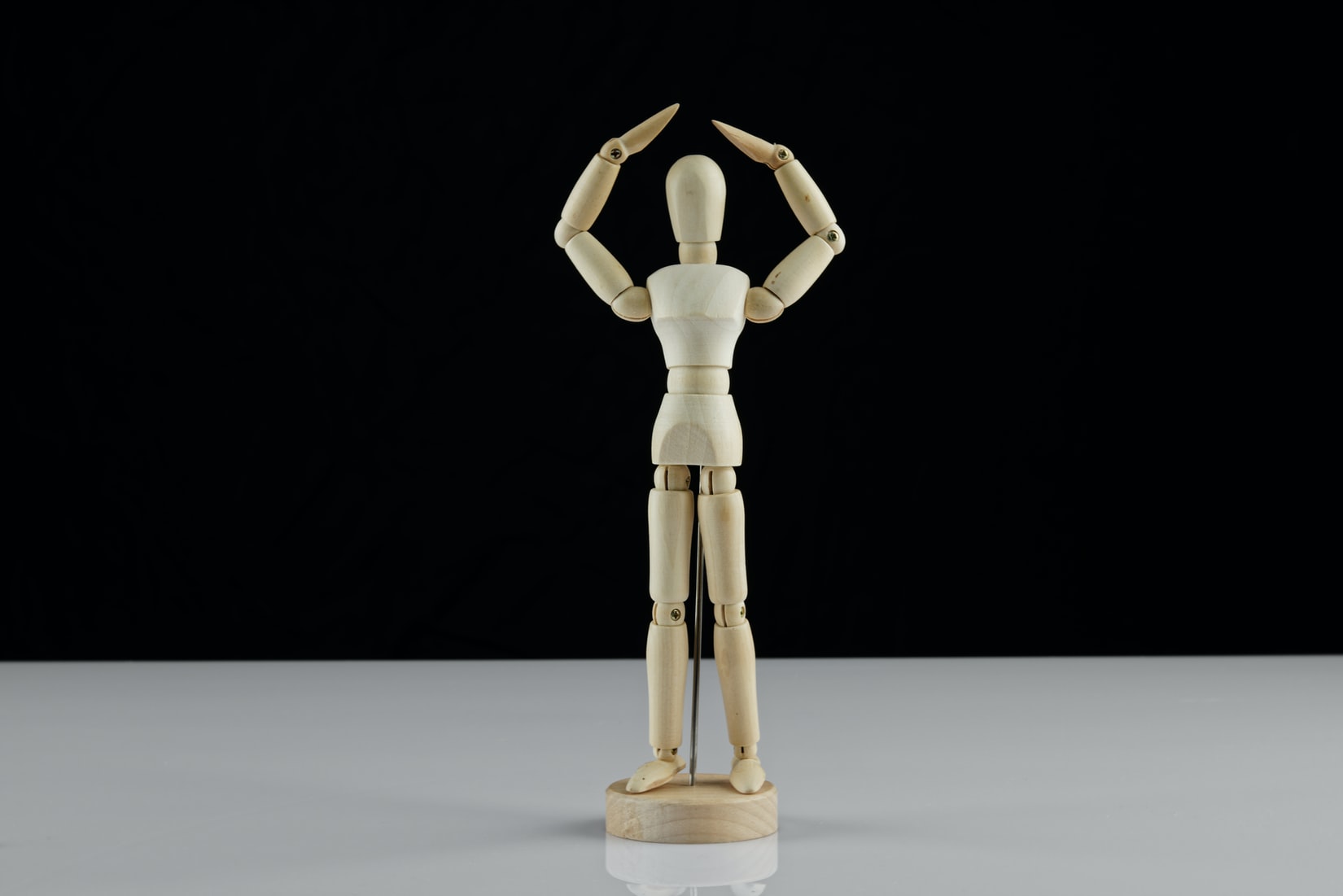
It’s possible for a character to come to you fully formed, with motivations, flaws and backstory. What’s more likely, however, is that you’ll start with a spark, and then add heart, memories, skin and clothes to the character, until you eventually have a living, breathing person.
Here we’ll explore some techniques for taking your character from concept to completion.
Note: This is just a brief overview of this method. You can read more about this method of character development in this article about character introductions, followed by this one about character development.
Also please note that our mantra is always tools not rules. So while we like to break everything down into practical, repeatable techniques as far as humanly possible, everything is intended to be flexible and optional.
Use whichever techniques work for you and feel free to disregard the rest. Do them in a different order, tweak them as much as you like.
Most important: do whatever brings you creative joy!
Start With a Spark
Some people base their characters on people they know, others take a stereotype and add a twist. Others are just struck with a character concept out of the blue.
However the inspiration comes, try to write down a single sentence or two that defines your character in a nutshell. This may include their socio-economic level, age, gender and career. It may also touch on their motivation, quirks, flaws or problems.
Here are some examples:
A self-sufficient girl in a poverty stricken district, who is fiercely protective of her little sister. (Katniss in the Hunger Games)
A young man in 1791 New Orleans, whose wife and child have just died. (Louis in Interview with a Vampire)
A single woman in 90s London obsessed with love, marriage and romance. (Bridget Jones in Bridget Jones’s Diary)
The Interview
Next take each aspect of that initial one liner, and ask questions about it to dig down into more detail.
Let’s take Louis from Interview with a Vampire as an example, and list some of the questions your might ask:
Young – Exactly what age? What would be expected of someone that age in that era? Does he feel comfortable with his age? Or does he feel out of place with people his age? Does he feel more or less mature than his peers?
Man – Does he feel comfortable in his role as a man and what that demands of him? Is he a very traditionally macho, masculine man, or is he more sensitive and progressive?
1791 – What is it like living in 1791? What is the political situation? The cultural situation? How does he feel about those things?
New Orleans – Has he always lived there? Does he like it there? What are the sounds, smells and sights that stand out to him?
Whose wife – What was his wife like? Were they in love or was it a marriage of convenience? Were they close? Did they respect each other? What did he find most attractive about her? Least attractive?
And child – How old was his child? What were they like? Was he close to this child? Did he always want children, or did he consider it a burden? Did he enjoy spending time with them? Was his love for them fierce or lukewarm?
Have just died – How long ago did they die, exactly? What happened? Could he have prevented it? Does he feel guilty? Has this affected how he sees the world in general? How is he processing his grief?
You can see that by exploring each of these aspects in a semi free-form way, you can learn a lot more about what makes a character tick and what makes them unique.
Characterisation
In addition to allowing your character to expand in layers from their core, it can be useful to look at certain specific questions that tend to pay dividends in dramatic works:
- Personality Type
- Flaw
- External Motivation (their want)
- Internal Motivation (their need)
- Positive Traits
- Negative Traits
- Quirks and Mannerisms
- Fears and Phobias
- Life Philosophy or Motto
- Most treasured possession
You can read about each of these aspects of characterisation in detail here.
Voice
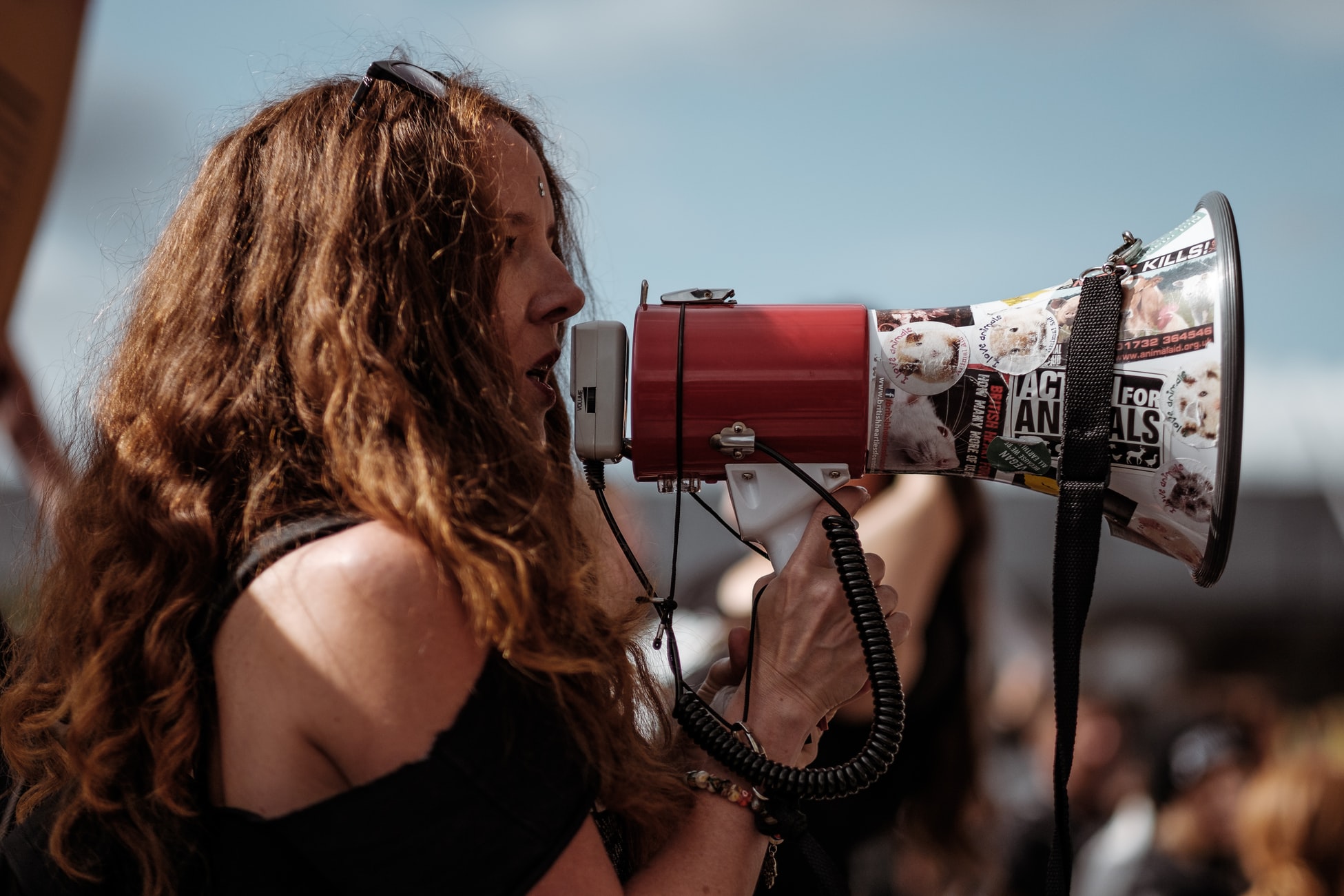
One of the trickiest aspects of writing characters is eliminating the author’s mannerisms from each character’s voice.
Hand in hand with that is ensuring each character has a style of speaking and acting which is distinct from all the other characters.
To help develop each main character’s distinctive voice, it can be useful to consider different aspects of their influences and habits:
- What is their vocabulary like?
- Do they have any distinctive speech patterns / habits / quirks?
- What is their educational level?
- What are their racial, cultural and regional influences?
- What slang do they use?
- Are they direct or rambling?
- Are they assertive or passive?
- Are they proactive or reactive?
- What is their sense of humour like?
- What sort of metaphors do they use?
Each of these aspects of main character voice is explored in more detail here.
Backstory
None of us appear out of nowhere as people — we are formed by all our experiences up to that point. So exploring your character’s childhood, adolescence and subsequent years up to where they are today, can help you create a character who feels more three dimensional.
There are many different ways to approach this.
Some authors like to write pages and pages of backstory, detailing every aspect of the character’s life up to that point, from how their parents met to how their birth went to their favourite childhood toy to their first crush, and so on.
If you find that process enjoyable, great! If that feels like overkill, you could simply focus on a few key formative experiences the character had, which may relate to important aspects of the story they are taking part in.
Questionnaire
Many writers find it useful to complete a series of questions, to get them thinking about details of the main character they might not have considered.
Check out our Ultimate Character Questionnaire here for over 150 questions, and advice on how to use them.
4 tips for Writing Main Characters Readers Will Love
It’s all very well having a fully rounded main character with a distinct voice and backstory, but it’s still possible to do all that and have a character readers don’t warm to.
When the main character is someone they don’t empathise with or respect, it’s difficult for a reader to stick with a whole story. Here are a few quickfire tips to ensure your main character is someone your readers will love.
Again, these are based on Michael Hauge’s theory from his book Writing Screenplays that Sell.
1. Create empathy by showing the character suffering undeserved misfortune or in jeopardy.
If we see someone trying their best but everything seems to be against them, our heart naturally goes out to them — because we’ve all been there.
Similarly, if someone is in physical danger or in danger of losing something important, we worry on their behalf.
2. Make a character likeable by showing them as kind, liked by others or funny.
And humour is one of the most effective ways to get readers on board with a character. It’s possible to get away with a character who is rude, mean and selfish if they’re genuinely funny while they go about it.
3. Show the main character to be highly skilled or in touch with their own power.
We are drawn to confident and skilled people. We may be envious or wish to vicariously experience their glory and we may feel that by being close to them, some of that star value will rub off.
Obviously if you take this too far and come up with someone implausibly perfect, we change our minds and go right off them, which brings us to our next point…
4. Make characters relatable by giving them flaws.
Many of us feel like a walking Curb Your Enthusiasm episode, blundering from one foot in mouth to the other, spicing things up with the occasional toe stubbing.
A skilled, powerful person with unexpected weaknesses makes for a compelling main character.
Use Character Roles to Tell a Powerful Stories
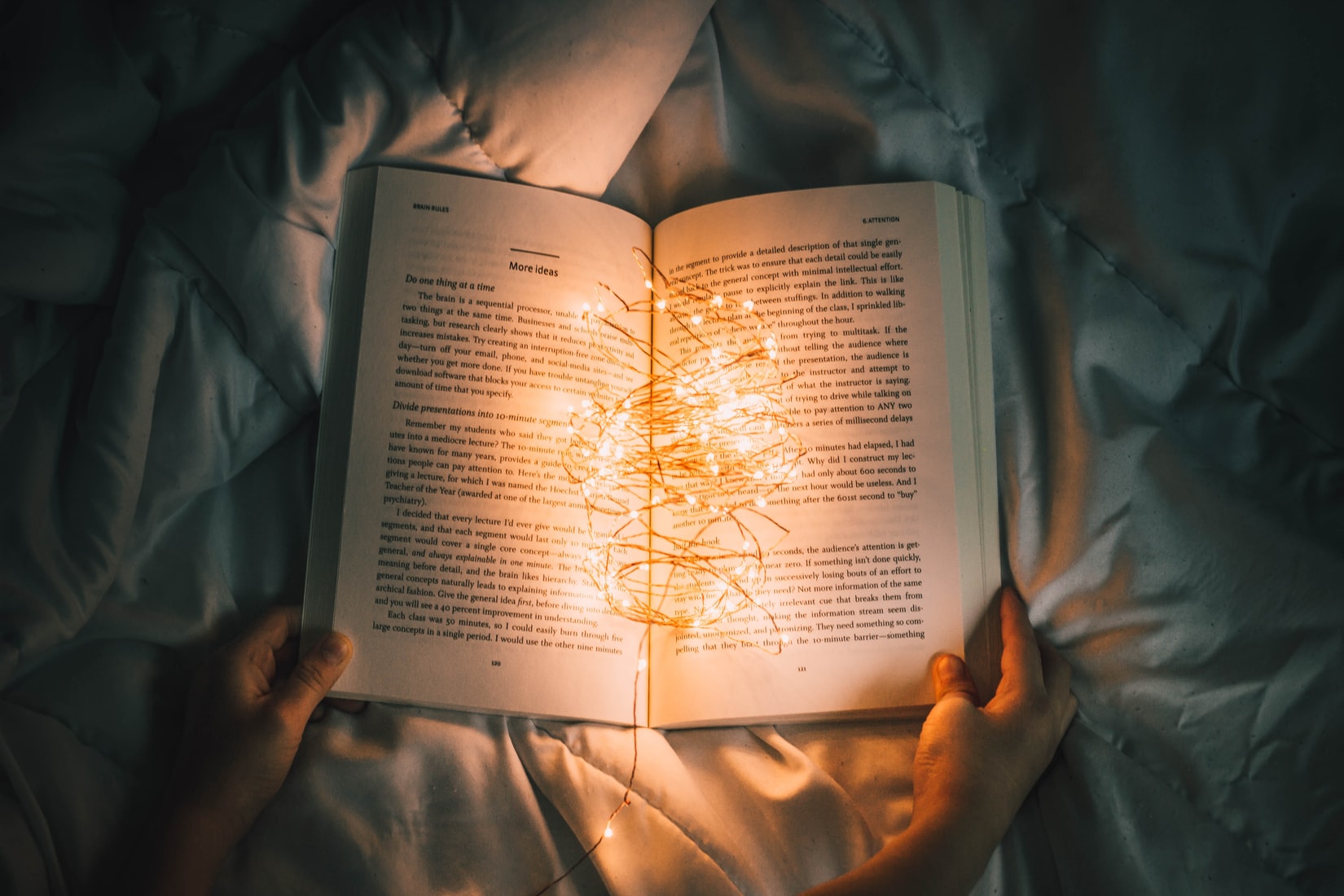
It’s important to remember that while understanding how having a protagonist or hero affects your readers can make you a more powerful story teller, novel writing is an art, not an exact science.
If identifying who’s playing the role of protagonist, hero or main character in your novel helps you understand why something’s not working and fix it, that’s great.
But if the novel works, and entertains, engages and breaks hearts, it doesn’t matter if your main character doesn’t neatly fit into the right boxes, or the same boxes as everyone else.
If you found this account of main characters useful, please put a comment below. We’d also love to hear about your main characters or the techniques you use to create them!
Unlock your writing potential
If you liked this article by the Novel Factory, then why not try the Novel Factory app for writers?
It includes:
- Plot Templates
- Character Questionnaires
- Writing Guides
- Drag & Drop Plotting Tools
- World Building resources
- Much, much more
